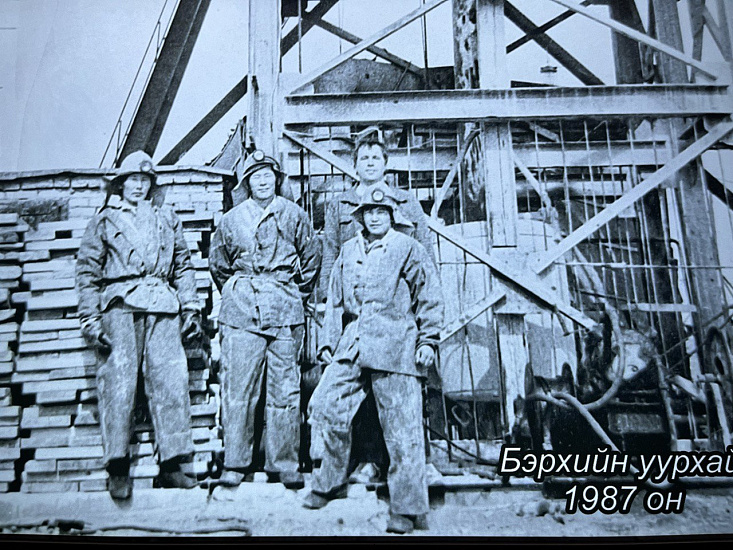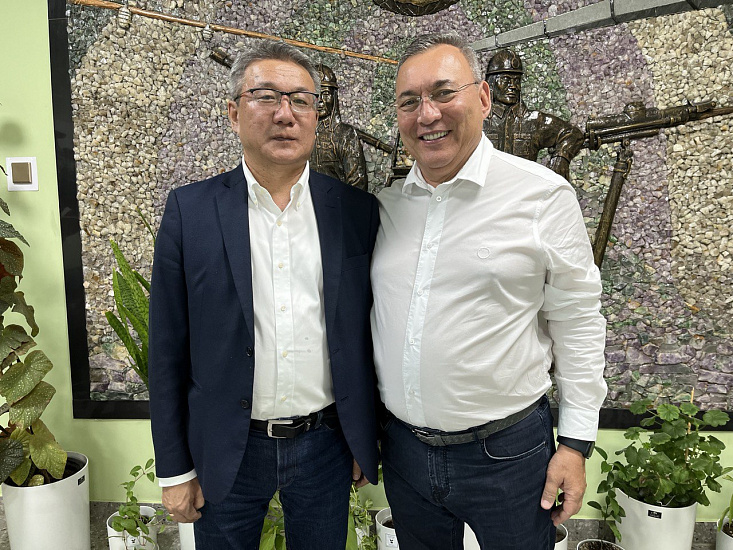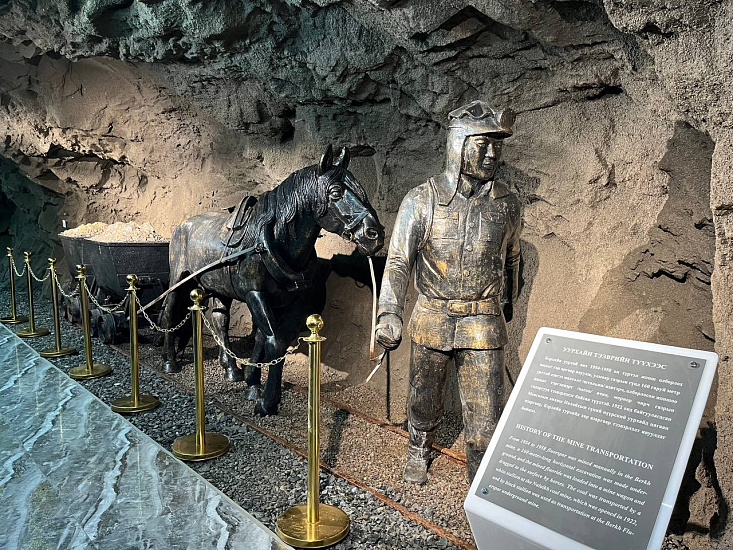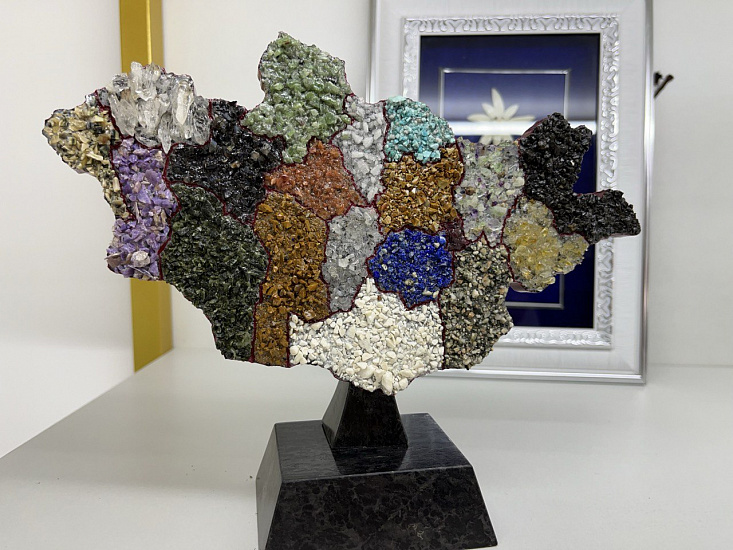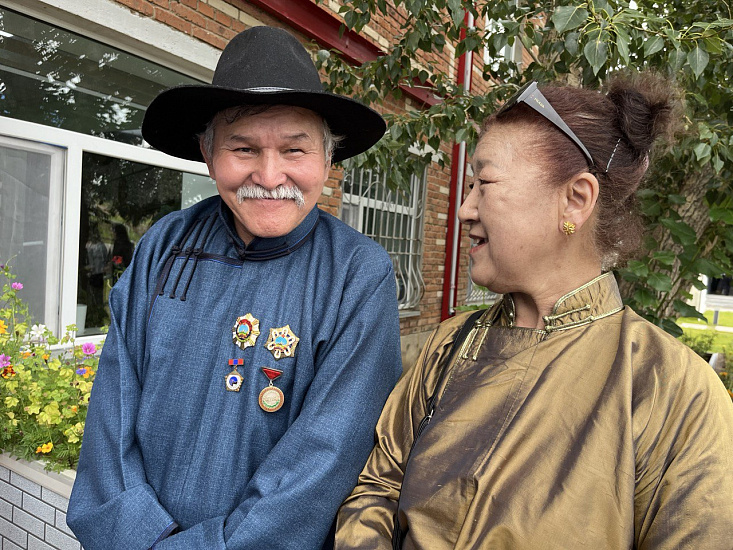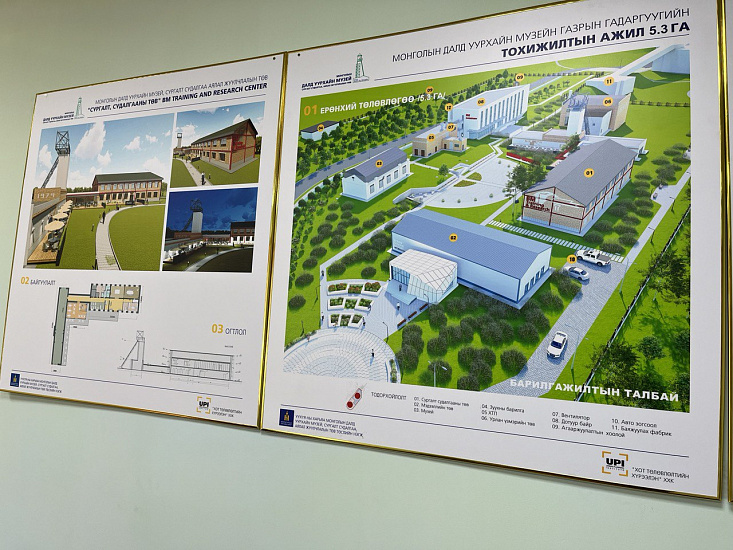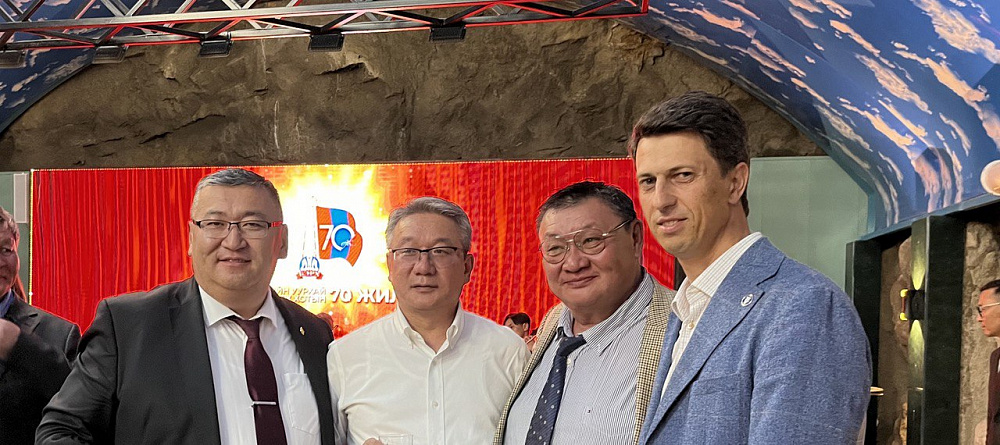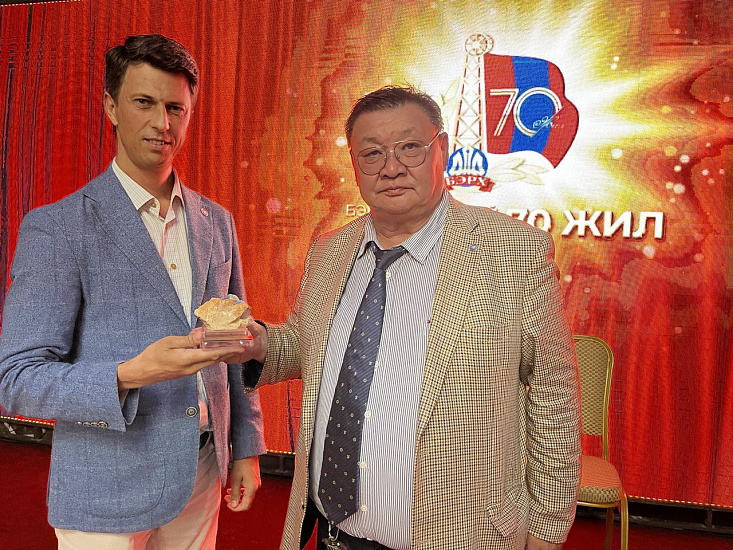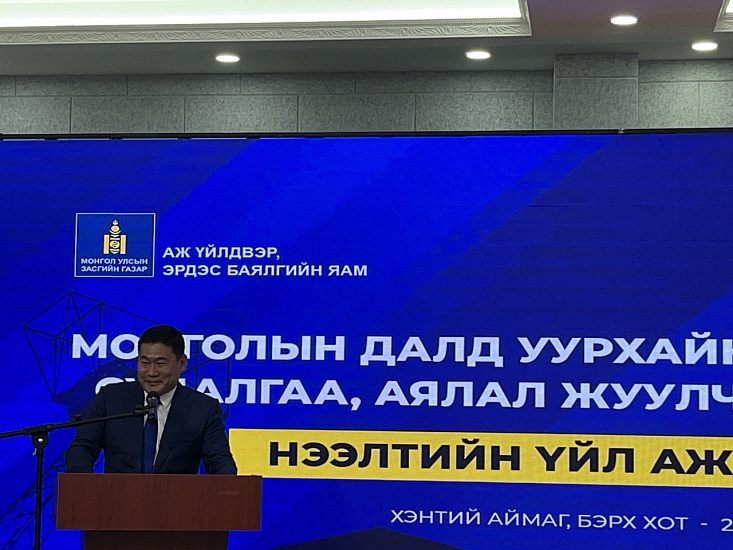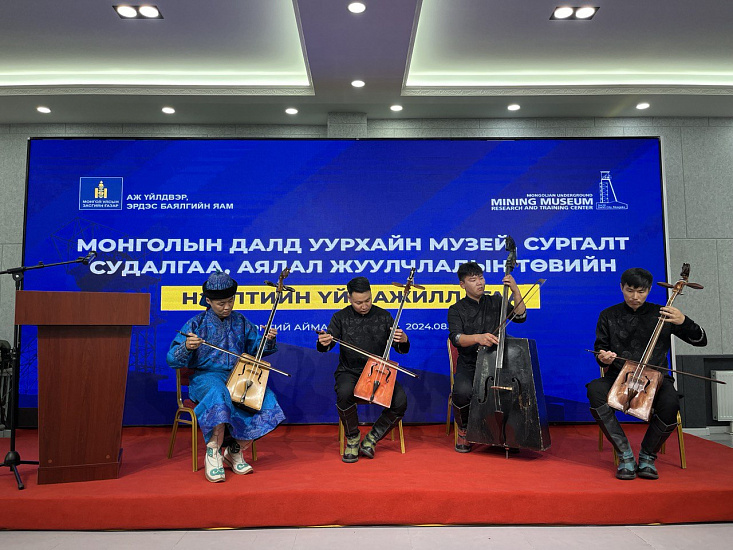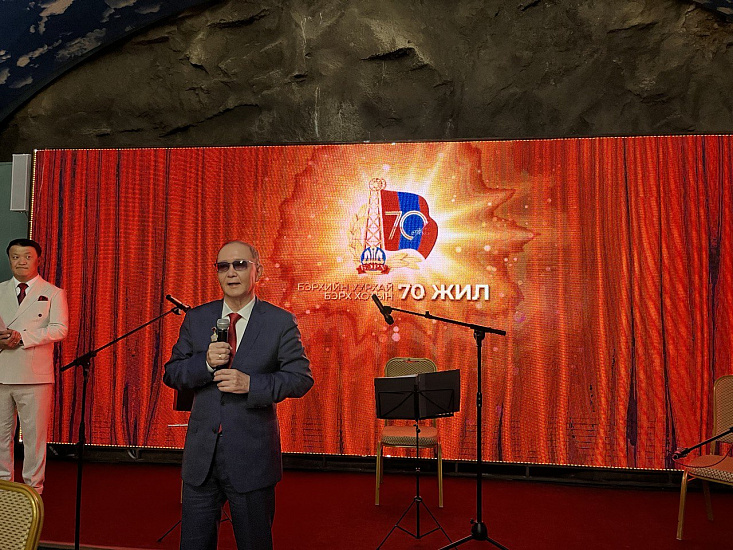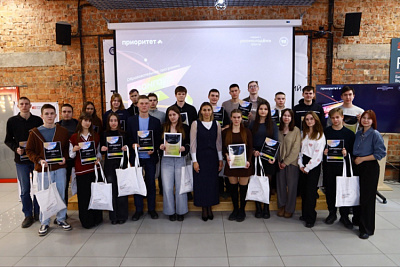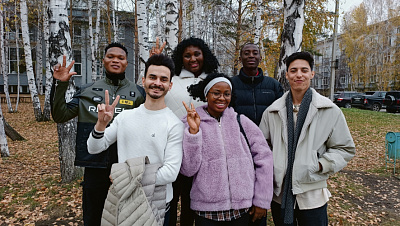INRTU Congratulated Mongolian Partners on the Opening of the Underground Mining Museum in Berkh
An underground mining museum was created at a depth of 45 meters in the city of Berkh (Mongolia, Khentii aimag), where fluorite was once mined by Mongolian and Soviet graduates of the Mining Faculty of the Irkutsk Polytechnic Institute (now INRTU). This unique museum complex serves as an educational, research, and tourist center of Mongolia. A delegation fr om INRTU congratulated Mongolian partners on the opening of the museum, which took place on August 8.
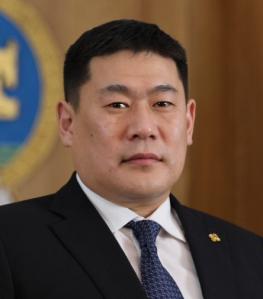
At the opening ceremony, the project’s initiator, Prime Minister of Mongolia L. Oyun-Erdene, who started his political career in Berkh, and Minister of Industry and Mineral Resources Ts. Tuvaan, made speeches. They noted that this project sets a standard for mine closure and rehabilitation, creating jobs for people living near abandoned mines. The project also demonstrates the high social responsibility of Mongolian mining companies and promotes the mining profession.
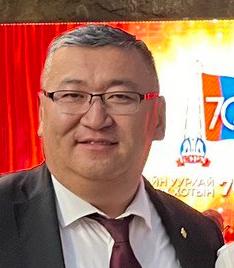
According to Minister of Industry and Mineral Resources Ts. Tuvaan, it took five years to bring this grand project fr om idea to realization. The creation of the underground mining museum was supported by investors - the State Enterprise (SE) "Mongolrosvetmet," SE "Erdenet Enterprise," and JSC "Erdenes Tavantolgoi." These companies are part of the Erdenes Mongol Group, led by S. Narantsogt.
INRTU graduate and former Minister of Mining and Heavy Industry of Mongolia Gellen Yondon currently heads SE "Erdenet Enterprise." He emphasized that there are many mines and quarries in Mongolia that were not properly closed.
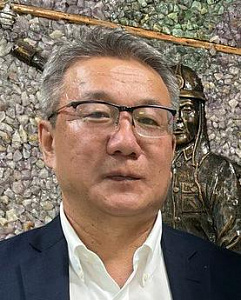
“The people of Mongolia - our ordinary herders - were unhappy with mining, which causes irreparable damage to the local landscape. In Berkh, due to illegal mining, accidents often occurred, and people died. Therefore, in 2019, the Mongolian government decided to follow the example of highly developed countries, wh ere mining enterprises bring benefits to society. This movement was led by one of the most respected mining engineers in Mongolia, N. Batbold. Today he has shown us an excellent result. The Berkh mine should become a good example of responsible mining through joint efforts.
Mining enterprises supported the project financially. SE "Erdenet Enterprise" allocated about 1.5 million dollars for the creation of the underground museum, and the same amount was provided by the company "Oyu Tolgoi”.
I am proud that many graduates of the Irkutsk Technical University are involved in this project,” commented Honorary Professor of INRTU Gellen Yondon.”
The complex, consisting of underground and above-ground museums, an information center with exhibition halls, an educational center, a cafe, and a hotel for students, covers 50 hectares. The underground mining museum is located at a depth of 45 meters, with the length of the developed workings reaching 810 meters.
The director of the Mongolian Underground Mining Museum, as well as its educational, research, and tourist center, became N. Batbold, a graduate of Irkutsk Polytechnic Institute’ 85. Starting his professional career at the Berkh mine, N. Batbold emphasizes the uniqueness of the Berkh deposit, wh ere high-quality fluorspar (fluorite) was mined (the calcium fluoride content reached 98%, with reserves estimated at 2.1 million tons). The fluorite lumps were exported to the USSR, where they were used in metallurgy and chemical industries.
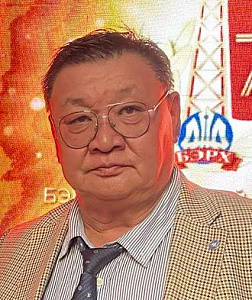
"The enterprise in Berkh started operating in 1954, with an annual production of 180-190 thousand tons of ore. The mine closed in 2006. The decision to create an underground museum was made at the government level, and a working group was organized. We took on this project with great enthusiasm and responsibility, summarizing the experience of Korean and German specialists, and thought through the educational component and the entertainment part aimed at tourists.
Currently, more than a thousand students are studying mining specialties in 18 Mongolian universities. Universities graduate 240 young specialists annually. In our museum, future miners can see what a mining operation looks like and gain practical knowledge,” explained N. Batbold.
Vice-Rector for Research at INRTU Alexander Kononov emphasized that the underground mining museum as a place of practical knowledge can shape new engineers:
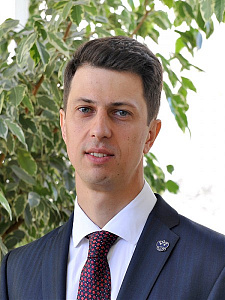
“Today is a great holiday for INRTU because the university has done much to train highly qualified personnel for Mongolia. Our Mongolian graduates are the pride of the university. We thank you for always remembering your alma mater and taking pride in your status as graduates of INRTU.
INRTU is waiting for students from Mongolia, who always impress us with their hard work and passion.
We were very interested in the idea of creating a mineralogical museum at the Berkh site and believe that it will become a place for the development of our cooperation.
The museum complex is also important for people who once worked here and now have the opportunity to come back, remember their wonderful young years.”
Alexander Kononov presented the museum director with a book by INRTU professor Raisa Lobatskaya on jewelry art, as well as apatites - the first minerals from the future Polytechnic collection, which is currently being prepared for dispatch to Berkh.
It should be noted that SE "Mongolrosvetmet" has sent 10 target students to INRTU. This year, one student graduated from the School of High Technologies and will work as a chemist at the Bor-Undur GOK, while nine more students will continue their studies at the School of Subsurface Resources.
A special guest at the museum's opening ceremony was Alimzhan Akhmedov, Authorized Representative for Central Asia Countries of JSC NPO "RIVS" (St. Petersburg). A graduate of the Tashkent State Technical University, he worked for seven years at the Achisay Polymetallic Combine in Kazakhstan (Kentau). Then, at the age of 29, the mining surveyor engineer arrived from the Soviet Union to Mongolia to provide technical assistance.

“I worked in Berkh from 1989 to 1997. I came here with my family. I have fond memories of that time. Berkh is one of the oldest mines in Mongolia, on the basis of which "Mongolrosvetmet" started. I am very glad that the mine has been given a second life. This means that the city has a chance to develop, new jobs have appeared. I maintain contact with former colleagues. I was pleased that many veteran miners descended into the underground museum and were very interested in the exhibits, which combine historical photographs, documents, and new technologies.
I hope the museum complex will be attractive to tourists who are far from the mining industry. In Mongolia, 2023-2025 have been declared Years of Tourism. Our Mongolian neighbors have long understood the importance of developing the tourism business - the money spent by tourists is invested in the infrastructure of the region and the country.
Mongolia is famous for its picturesque nature, renowned for its camps with national color, and delicious cuisine. The underground museum in Berkh is another view on tourism related to the preservation of cultural and historical heritage,” expressed Alimzhan Akhmedov.
At the event, by the decree of the President of Mongolia, Alimzhan Akhmedov was awarded the Order of the Polar Star.
President Ukhnaagiin Khurelsukh awarded the director of the underground mining museum, educational, research, and tourist center N. Batbold with the badge "Honored Worker of the Mining Industry of Mongolia."


